

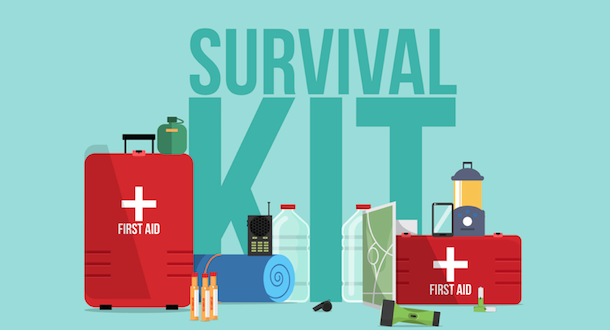
The words evacuation and fire have become common for California residents this past year or two. If someone is not directly affected by a fire or a mandatory evacuation, it is likely they know someone who is. Evacuations due to fire emergencies and other natural disasters, according to the news, are becoming the “new normal.” We’ve always had natural disasters and their ensuing evacuations to contend with; it’s part of living on the planet Earth. But it does seem to be more common lately.
Disasters such as fire accidents can bring about optional and mandatory evacuations from our homes, and, if we’re not prepared, disasters and evacuations can lead to much more stress in our post-disaster lives. When a family includes someone with special needs, consequently, the need for evacuation preparation becomes a bit more significant.
Some families with special needs individuals have evacuation plans firmly in place. Necessity is the mother of invention, right? Yet, we may often put evacuation or disaster plans in place and forget about them, usually until we need to enact our plan. Therefore, it’s important to revisit those plans on a routine basis to ensure that your plan is up to date and still contains valid information and necessary supplies.
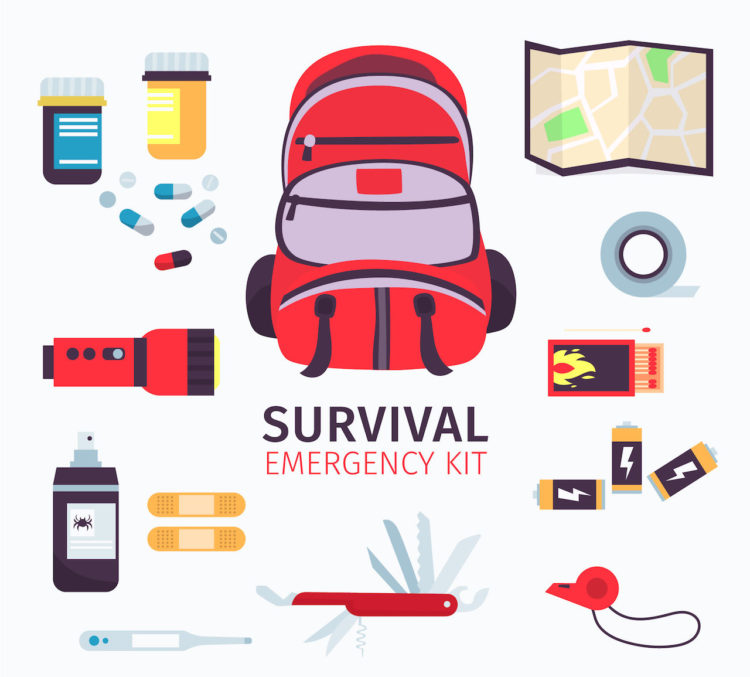
Some families with special needs kids have considered making evacuation plans but haven’t gotten around to it. Simply, it’s a big job! Even thinking about where to begin can cause us to put it off until another time. The problem is that the longer one puts off making disaster plans for the family, the higher the risk of not having evacuation plans at all.
Then, in the event of a mandatory evacuation (more likely now in CA), families are left scrambling at the last minute. Without a good plan, families are more likely to forget important items. Crucial documents and necessary supplies will probably be left behind in the chaotic moments of running for your lives.
So what can you do? Even though preparation does take time and forethought, it is critical to carve out some time to make a plan in case of fire or natural disasters. This will serve you and your loved ones well in the event of an imminent evacuation from your home; moreover, it will ease some stress that might be lingering in your mind about what you would do if you had to leave in an emergency.
When it’s an urgent situation, and you are faced with getting out fast, your brain isn’t necessarily going to think logically about what you need to do. Having a simple but comprehensive plan in place long before you’d ever need it (and maybe you won’t ever need it) makes sense for everyone in your family. Humans and animals included.
In part one of this blog, you’ll find information about what to consider as you make a plan in case of fire or natural disasters, as well as general items you should put on a list and have in “working order” so that your important stuff is ready to go. In part two, you’ll find more specific information, including tips and life hacks for when evacuations are necessary.
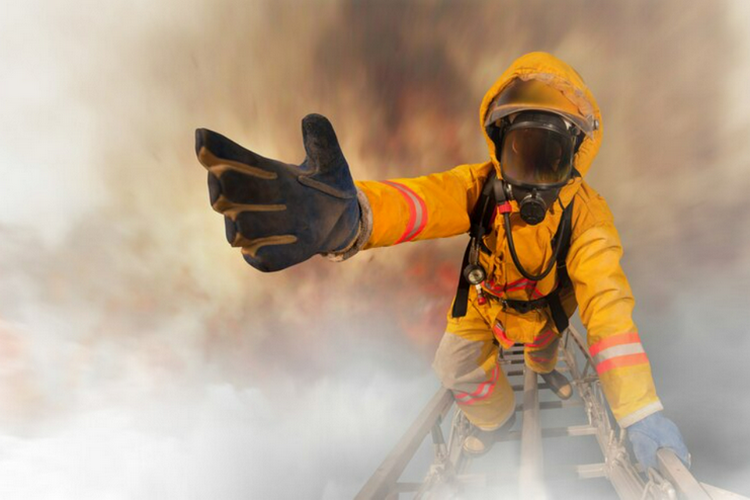
Chances are, fire or natural disasters will strike when family members are not together in the safety of their home. In some circumstances, an evacuation might take place when kids are at school and parents are at work. In that situation, no one would be home to grab the essentials.
Whether the family is home altogether or not, that mandatory evacuation plan is vital to survival after disaster strikes. So, you first must think about having what you need in more than one location.
Also of prime importance is designing your plan based on your unique needs. Do you have a family member with physical disabilities? Are there mobility concerns? Is there medical equipment involved? Do your special needs family members lack understanding of disasters and evacuations, making them completely dependent on someone else for assistance? How quickly can your special needs loved ones evacuate…will they comply? Will they resist? These are all important factors to take into primary consideration.
Consider: what does your family need in order to be safe and healthy for an extended length of time? An evacuation may run a few hours, or it could mean you are out of your home for weeks or months. As we’ve seen in Paradise, Santa Rosa, Malibu, and other places, an evacuation may mean you have no home to return to.
It is of major importance to start your evacuation plans with medication, special dietary foods, medical equipment, communication devices, and comforting items in mind. In addition, have documents relating to your child’s health and healthcare on a CD, flash drive, or phone app. You don’t want to be searching your house or garage for those documents in the middle of an evacuation order. Along with the equipment and devices, make sure you plan for batteries and necessary cords.

Depending on the level of understanding of your special needs child, teen, or young adult, you may want to consider having a Social Story™ https://carolgraysocialstories.com/ ready to explain the mandatory evacuation and natural disasters.
It’s something that could address both the safety and well-being of the special needs person, whose life might be turned upside-down for a while. And making a Social Story™ away from home in a shelter somewhere is going to be difficult. Better to have one ready.
Have you heard of the six P’s? If not, here they are. If it’s been a while, here’s a reminder:
1. Papers – important documents, phone numbers, checkbooks, etc.
2. Prescriptions – medications, vitamins, supplements, eyeglasses, EpiPen
3. Pictures – photos and perhaps irreplaceable memorabilia
4. Personal Devices – cords, disks, hard drives, phones, etc.
5. Plastic – credit cards, ATM cards, insurance cards
6. People and Pets – plus their mobility needs (wheelchairs, walkers, leashes)
I’d like to give you another P to consider as you plan: Pinterest! It is chock-full of great ideas, visuals, and printable charts and lists to use.
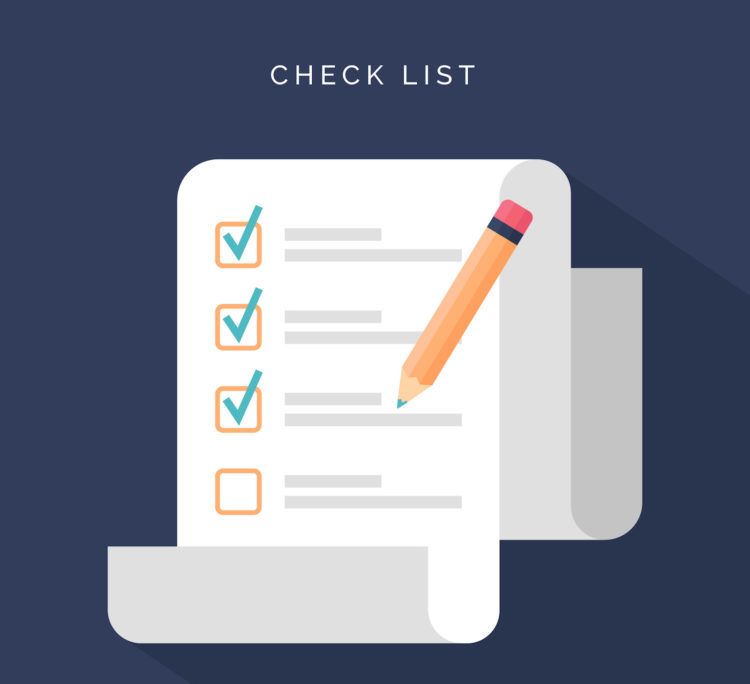
Here are items to consider as you make your evacuation plan (again, these are general lists; part two will offer more specific information):
* birth certificates
* insurance papers
* legal documents (conservatorship papers, degrees)
* medical documents
* licenses (marriage, drivers, fishing, work-related)
* housing (deeds, rental agreement)
* tax statements
* bank statements
* financial account statements
* phone numbers
* passwords
* cash, checkbooks, savings books
* living trust or will
* medications
* glasses
* dentures
* vitamins, supplements
* toothbrushes
* sanitary aides (pads, diapers)
* soap
* first aid kit
* special diet food and snacks
* water
* change of clothing for each person (1-7 days)
* underwear
* sleepwear
* coats or jackets
* hats
* gloves, scarves
* blankets
* footwear
* special devices (braces, weighted vests, helmets, etc.)
* family heirlooms
* original paintings
* photos, home movies, albums
* antiques
* collectibles
* meaningful jewelry
* baby books or quilts
* reading material (favorite books, adult and children’s)
* souvenirs from trips
* first aid kits
* bottled water
* candles or lanterns
* non-perishable food
* maps
* compass
* pens and permanent marker
* ice scraper and snow brush
* spare tire and tire changing equipment
* snow chains
* flares and reflective device
* tape (electrical and duct)
* jumper cables
* can of oil
* plastic sheet or tarp
* bags (plastic and paper)
* flashlight(s)
* blanket(s)
* tissue (toilet and nose)
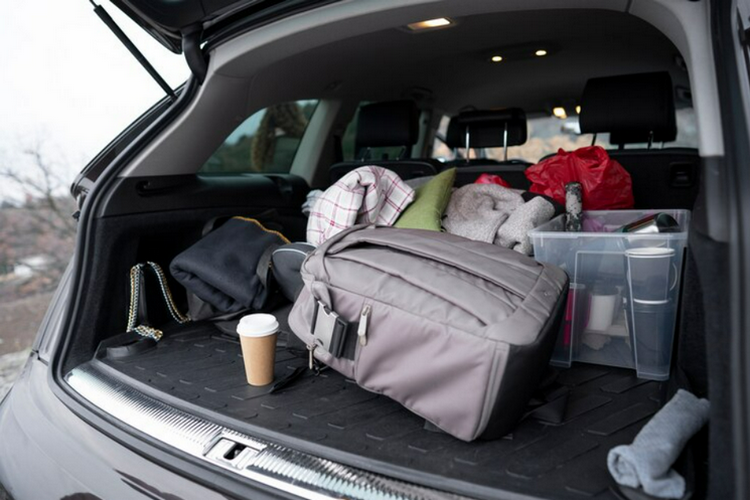
Natural disasters will touch all of us at some point in our lives. No one is immune. Having a plan and knowing what you and your family will do in the event of a mandatory evacuation are wise steps toward your well-being and survival. Evacuations are frightening, and trying to figure out your plan in the heat of the moment won’t serve you well.
Take the time to make a list, create a plan, and have everything you need in working order. That way, when faced with an emergency evacuation, or even an optional or self-imposed one, you will be better prepared. Evacuations don’t have to be chaotic or life-threatening. With individualized preparation and forethought, you can protect your special needs family members and yourself.
For our Special Needs Resources click HERE
For more Special Needs Blog Posts click HERE
For Keri Horon’s Autism Blog click HERE
Just enter your email address below and you’ll get an email every time we publish a new post!
Categories :
Tags :
Keri is a special needs parent and a veteran high school English and journalism teacher turned writer. She enjoys reading, hiking, gardening, cooking, traveling, wine tasting, and practicing yoga. Both she and her son love to create art. She has a passion for educating people on all things autism. Visit her blog at https://kerimehome.com.
View All PostsNotifications